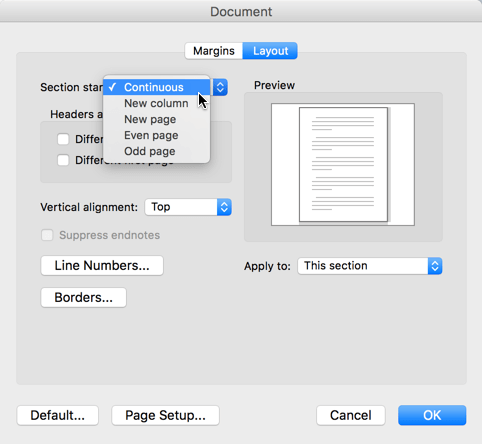
You can even set your Mac by default to "Secure Empty Trash" through the following path:įinder -> Preferences -> Empty Trash Securelyĭeleting files using Terminal requires extreme care a little mistake can complicate things to a greater extent. The option is very useful for obstinate files. It ensures that the deleted item remains deleted and allows overwriting the space. Select "Secure Empty Trash" by clicking on "Finder." Select it when "empty trash" changes to "secure empty trash." Step 3 - Go To "Finder" Menu Hold the "command" key and click on Trash. Step 1 - Click on Trashcan iconĬlick and hold the Trashcan icon in Dock Step 2 - Change Empty Trash to Secure Empty Trash So why not remove it permanently with "Secure Empty Trash?" This is one of the best solutions that work to force delete a file. Moving a file to trash means you don't want that file anymore.
#How to delete word on a mac how to
We will look here at the various solutions for how to force delete a file on Mac. Part 2- How to Force Delete a File on Macĭeleting a file from a Mac is easy, until and unless you come across the situations mentioned above. The situation is more frustrating when you are not using the file, but still, it shows the file is in use or locked.


Here are scenarios that you might experience: Before you fix it, you must know the various reasons that are stopping the file from getting deleted. When you experience this situation, there are some system issues that prevent it from getting deleted. You even restart your Mac several times make multiple attempts to get rid of that stubborn file but it is no use. While working on the Mac, sometimes you come across a file that refuses to delete despite several attempts. Part 1- Scenarios to Force Delete a File on Mac


 0 kommentar(er)
0 kommentar(er)
